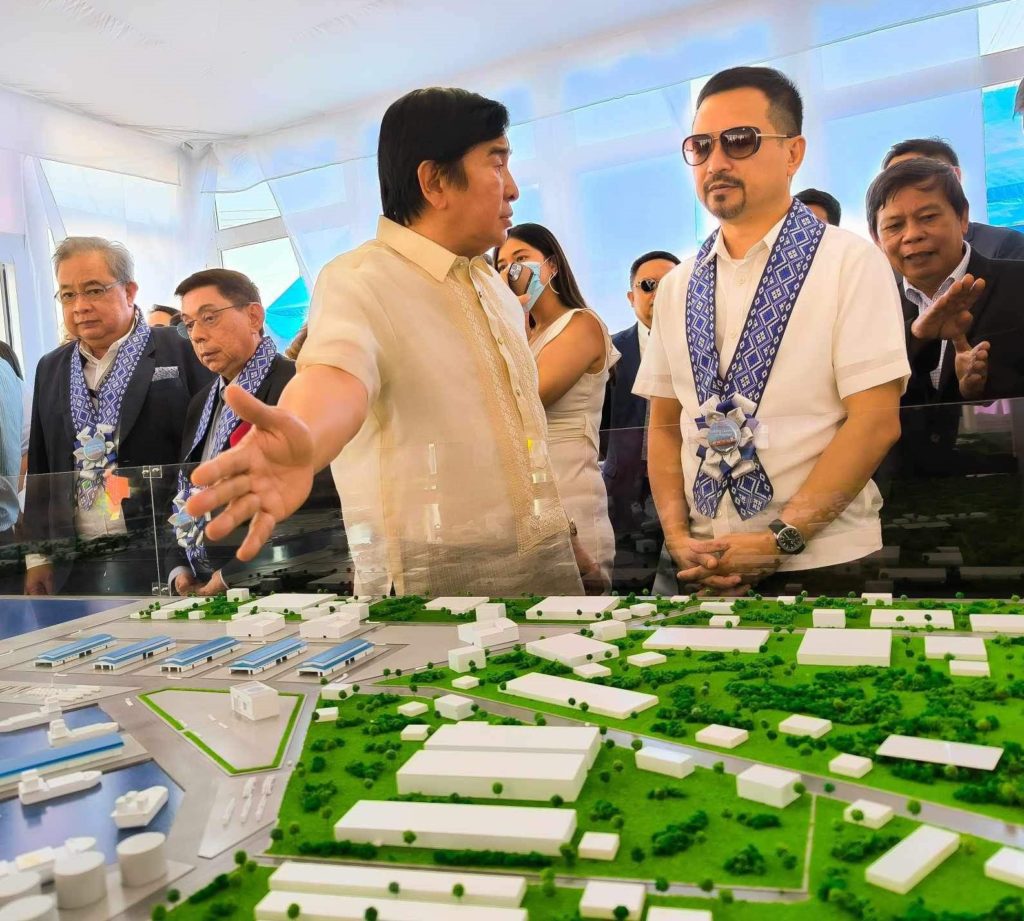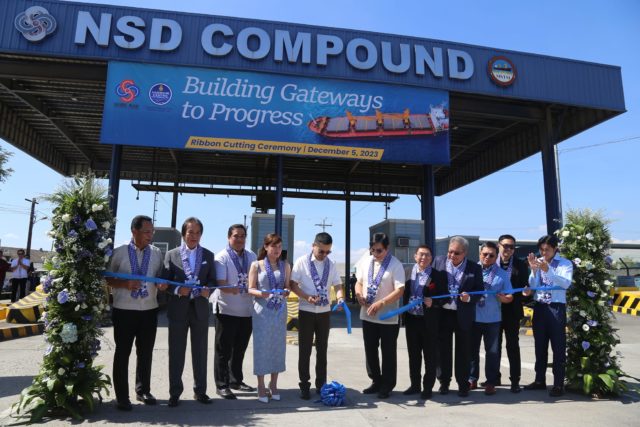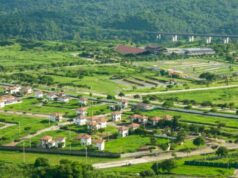SUBIC BAY FREEPORT – The P5.5-billion joint venture between the Subic Bay Metropolitan Authority and the Harbour Centre Port Terminal Inc. (HCPTI) will spur growth in the port businesses of this premier freeport with the expansion of trade and the seamless flow of goods in the Subic-Clark corridor and the Luzon area.
“Our goal at SBMA is in line with HCPTI’s goal of creating more employment opportunities, generate new income, boost the tourism, attract more foreign and local investments, and expand the trading business in Subic,” enthused SBMA chairman and administrator Jonathan D. Tan during the inauguration of the Subic Port at the former Naval Supply Depot (NSD) here on Tuesday, Dec, 5.
Tan said the 10-year Subic Port joint venture will revitalize the ports, yards, and cargo handling inside this freeport. The joint venture also includes the development, operation and management of several ports inside the former US naval base.
He added that the upgrade of the port facilities is expected to improve cargo processing efficiency, reduce ship turnaround times, and increase the volume of bulk and break bulk cargo handled.
For his part, HCPTI chairman Dr. Reghis M. Romero II said: “We have to make Subic contribute significantly to total national employment, productivity, trade volume, capital inflows and gross international reserves. This pursuit entails modernization of infrastructure and complete digitalization of all segments of operations.”

He added that with the inauguration of the Subic Port operation, the Philippines will now be able to provide enough buffer from global inflation and regional conflicts, citing that the unrest in Ukraine and Israel has put a damper on the global economy.
“Sustainability in business may face threats due to some uncertainties, especially from external forces like the unrest in Ukraine and Israel. But I remain confident, considering that our economy can withstand external shocks which has been proven many times over – from the 1997 Asian financial crisis to the 2008 global economic meltdown and all the way to the recent covid-induced market slump and worldwide inflation,” Romero said.
“Thanks to the fact that our economy is driven by consumption such that the nation can consume what it can produce. To a large extent, it makes our economy virtually self-sustaining. But to ensure economic expansion amid the growing domestic requirements, we have to trade beyond our borders and attract foreign capital and technologies,” he furthered.
Romero underscored Subic’s geographical advantage as the “closest international port to Taiwan, South Korea, and Japan, while also being at the strategic center of the 10-nation Southeast Asia.”
“Subic therefore, is at the fulcrum of our country’s territorial and economic security, where the development and protection of critical infrastructure are, not just required, but imperative at extreme urgency,” he said. “No wonder the Subic Port, at this very day, has become a monumental example of public-private partnership geared at achieving sustainability through unity.”
Romero said Subic contributes to the GDP growth but said “our economy must expand by 7.4 percent in the last quarter of 2023 to achieve the government’s full-year GDP growth target of at least six percent.”





